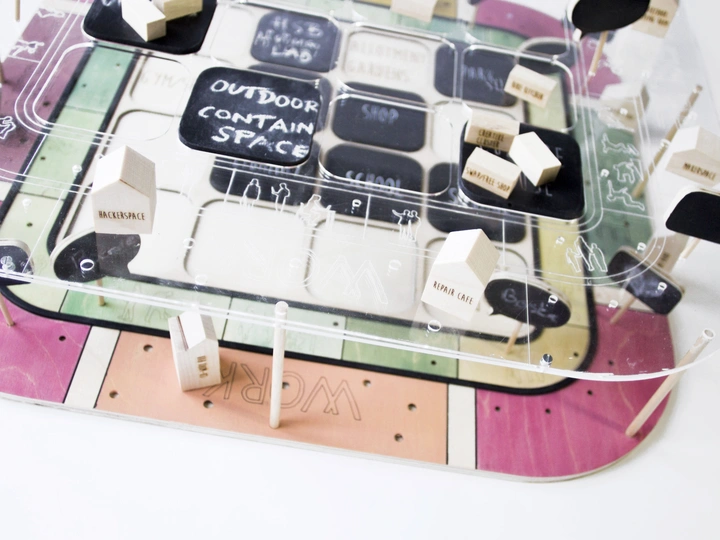collective matters

Natalie Novik is a spatial practitioner, researcher and educator working transdisciplinary. Her practice revolves around topics of urban commoning, collective care, otherness and belonging. Through her work she addresses a question how multiple subjectivities can be embodied in the spaces we inhabit. For several years she has worked as a urban planner and since 2018 she runs a studio that focuses on developing interactive collaborative processes and dialogues for urban planning projects, through methodology of urban curating, ficto-critical and speculative narrations and cartographies. She holds a master's degree in architecture and urban planning from Chalmers University of Technology, Sweden, and currently she is conducting a PhD in artistic research at HDK-Valand Academy of Art and Design in Gothenburg, where her project lies in the field of critical spatial practice. In the center of her research are independent cultural organizations and their practice of (un)fixing space. Her intention is to understand the practice of urban commoning conducted by non-architects.
The subject of my research is spatial activism of social movements, which operates as an un-institutional spatial practice from the margins; in other words, it is architectural and spatial productions created by non-architects by means of unfixing space (Massey), undoing architecture (Rendell) and unplanning (Krasny). Specifically, I am curious to understand the significance of spatial activism in the form of critical spatial practices conducted by self-organized cultural initiatives by means of occupying and appropriating unwanted architectures. The question I ask is how alternative interpretations of the ways we experience the world can challenge dominant institutional practice of creating divided spaces and borders, in this particular case architecturally. Ultimately, the goal is to develop new approaches to critical spatial practice that can address the multiplicity of lived experiences and help shape spaces based on principles of solidarity and non-extractivism. How can critical spatial practice be understood in relation to organization, temporality and materiality? How does commoning as a material practice of social movements create ecologies of care?
The project is focused on methods which attempt to create collaborative cartography of urban commons by means of spatial translations. I approach this method with a simple question: how do we live together? Situational mappings, mappings of memories and informal archives, mappings of territories and sites of collective action, events, networks, connections, and body-object flows are all possible areas of focus for soft maps. These mappings allow us to understand the relations between individuals and groups and explore the idea of becoming through spatial practices. Though this process of collaborative mapping space becomes a practiced place, the stories become elicited establishing a sense of togetherness, respect and care.